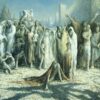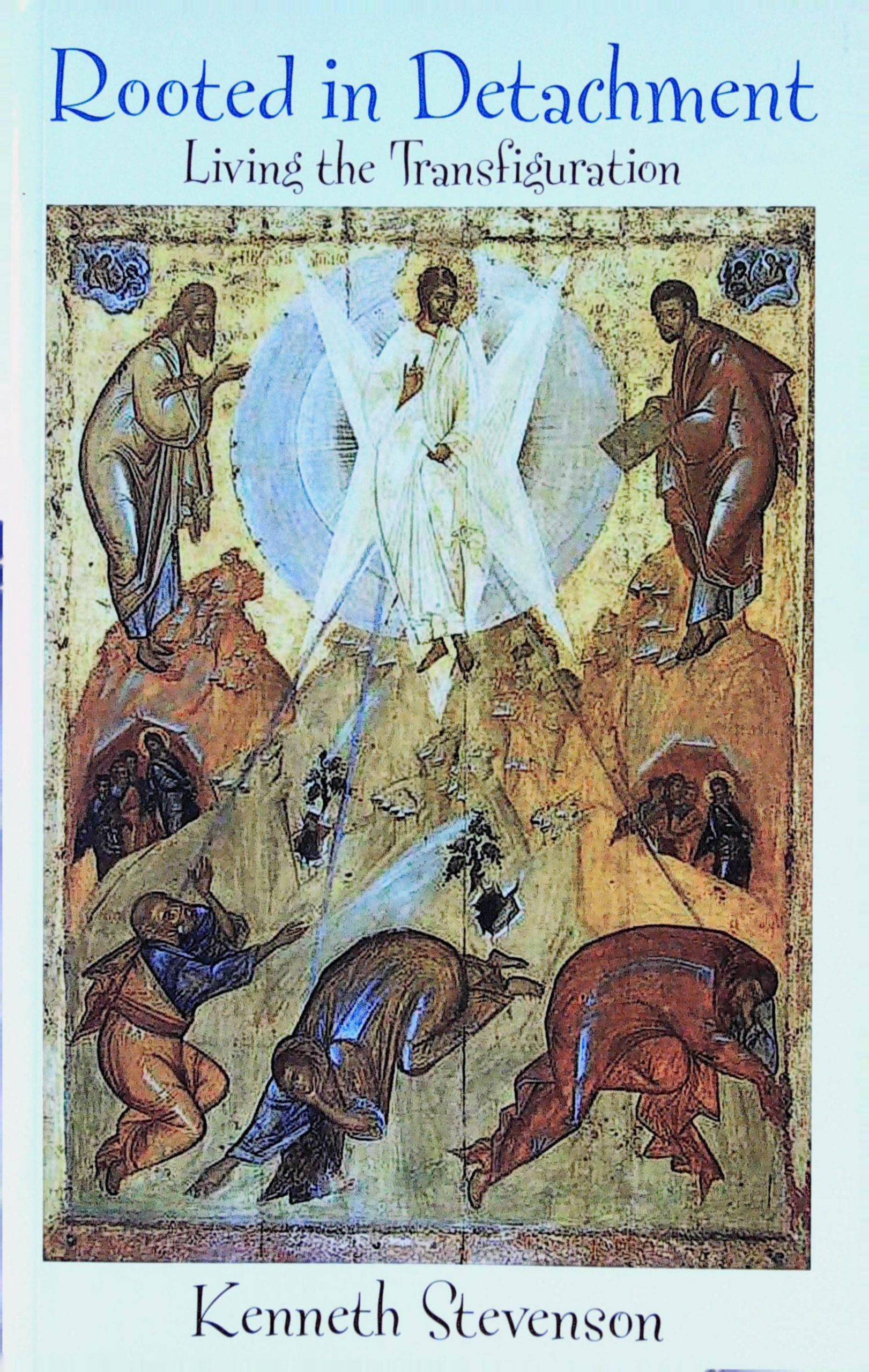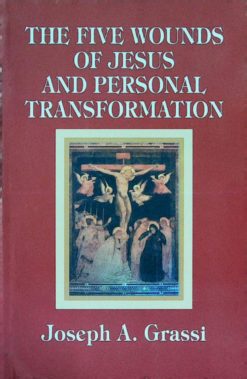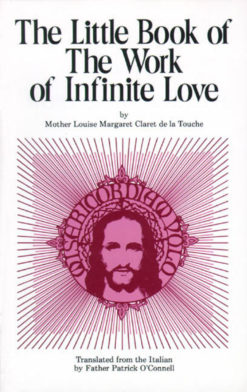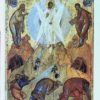-
×
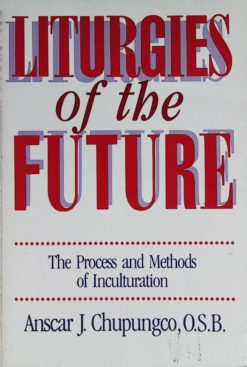 LITURGIES OF THE FUTURE
1 × €9.30
LITURGIES OF THE FUTURE
1 × €9.30 -
×
 COME HOLY SPIRIT
1 × €4.00
COME HOLY SPIRIT
1 × €4.00 -
×
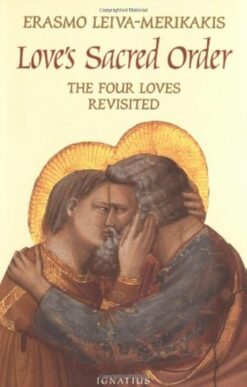 LOVE'S SACRED ORDER
1 × €15.00
LOVE'S SACRED ORDER
1 × €15.00 -
×
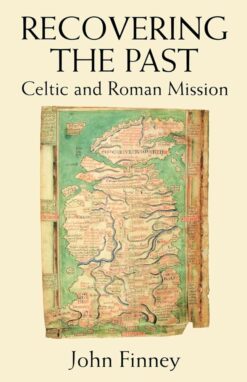 RECOVERING THE PAST CELTIC AND ROMAN MIS
1 × €10.50
RECOVERING THE PAST CELTIC AND ROMAN MIS
1 × €10.50 -
×
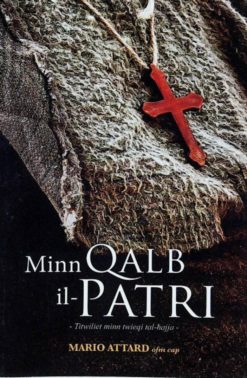 MINN QALB IL-PATRI
1 × €3.50
MINN QALB IL-PATRI
1 × €3.50 -
×
 IF HE AND SHE CAN…
1 × €4.00
IF HE AND SHE CAN…
1 × €4.00 -
×
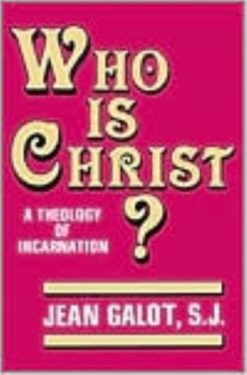 WHO IS CHRIST ? A THEOLOGY OF INCARNATIO
1 × €13.00
WHO IS CHRIST ? A THEOLOGY OF INCARNATIO
1 × €13.00 -
×
 A CATHOLIC UNDERSTANDING OF THE GOSPELS
1 × €1.15
A CATHOLIC UNDERSTANDING OF THE GOSPELS
1 × €1.15 -
×
 MAGNET MOM
1 × €3.50
MAGNET MOM
1 × €3.50 -
×
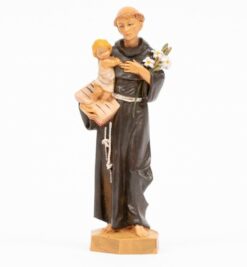 17CM SAN ANTONIO 656
1 × €16.75
17CM SAN ANTONIO 656
1 × €16.75 -
×
 31CM ST. JOSEPH 883
1 × €40.00
31CM ST. JOSEPH 883
1 × €40.00 -
×
 100 CHRISTMAS CLASSICS 3CD'S
1 × €18.00
100 CHRISTMAS CLASSICS 3CD'S
1 × €18.00 -
×
 HERMIE&FRIEND VERS ABOUT BEING A FRIEND
1 × €7.00
HERMIE&FRIEND VERS ABOUT BEING A FRIEND
1 × €7.00 -
×
 HOLY COMMUNION FRAME 7X9,5 CM
1 × €3.50
HOLY COMMUNION FRAME 7X9,5 CM
1 × €3.50 -
×
 FROG IN THE MEADOW
1 × €11.65
FROG IN THE MEADOW
1 × €11.65 -
×
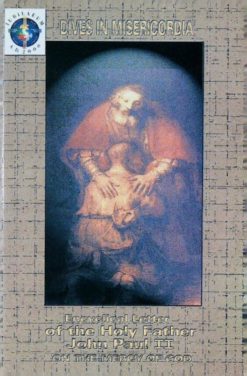 DIVES IN MISERICORDIA
1 × €2.35
DIVES IN MISERICORDIA
1 × €2.35 -
×
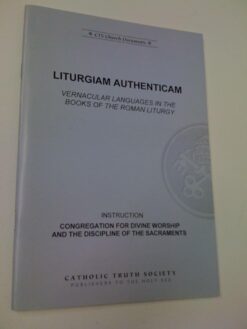 LITURGIAM AUTHENTICAM
1 × €3.25
LITURGIAM AUTHENTICAM
1 × €3.25 -
×
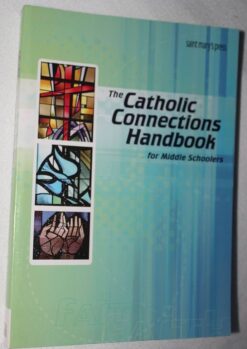 THE CATH CONNECTIO HANDBOOK MIDDLE SCHOO
1 × €22.00
THE CATH CONNECTIO HANDBOOK MIDDLE SCHOO
1 × €22.00 -
×
 TACKLING TOUGH CHOICES
1 × €23.50
TACKLING TOUGH CHOICES
1 × €23.50 -
×
 30CM PADRE PIO 891
1 × €40.00
30CM PADRE PIO 891
1 × €40.00 -
×
 LEARNING TO WALK WITH GOD
1 × €3.50
LEARNING TO WALK WITH GOD
1 × €3.50 -
×
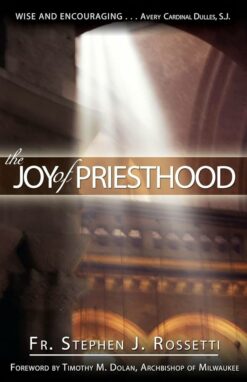 THE JOY OF PRIESTHOOD
1 × €11.75
THE JOY OF PRIESTHOOD
1 × €11.75 -
×
 HOW TO ENRICH YOUR LIFE
1 × €2.90
HOW TO ENRICH YOUR LIFE
1 × €2.90 -
×
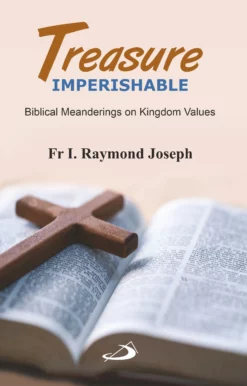 A TREASURE IMPERISHABLE
1 × €2.90
A TREASURE IMPERISHABLE
1 × €2.90 -
×
 WORDS OF ETERNAL LIFE CYCLE B VOL II
1 × €7.00
WORDS OF ETERNAL LIFE CYCLE B VOL II
1 × €7.00 -
×
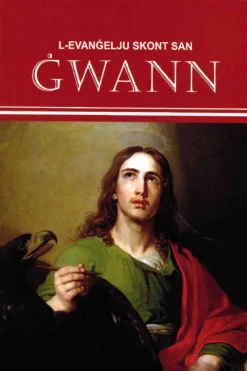 L-EVANGELJU SKONT SAN GWANNN
1 × €2.50
L-EVANGELJU SKONT SAN GWANNN
1 × €2.50 -
×
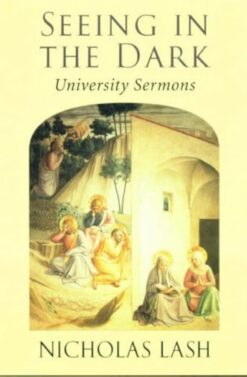 SEEING IN THE DARK
1 × €14.00
SEEING IN THE DARK
1 × €14.00 -
×
 THE THREE MARKS OF MANHOOD
1 × €19.00
THE THREE MARKS OF MANHOOD
1 × €19.00 -
×
 CONFIDENCE HOW TO SUCCEED AT BEING YOURS
1 × €5.00
CONFIDENCE HOW TO SUCCEED AT BEING YOURS
1 × €5.00 -
×
 18CM GUARD. ANGEL W CHILD POCELLANA 374
1 × €28.00
18CM GUARD. ANGEL W CHILD POCELLANA 374
1 × €28.00 -
×
 AGEING WITH JOY
1 × €3.50
AGEING WITH JOY
1 × €3.50 -
×
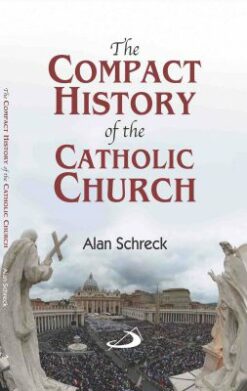 THE COMPACT HISTORY OF THE CATHOLIC CHUR
1 × €4.00
THE COMPACT HISTORY OF THE CATHOLIC CHUR
1 × €4.00 -
×
 CHRISTIFIDELES LAICI
1 × €1.75
CHRISTIFIDELES LAICI
1 × €1.75 -
×
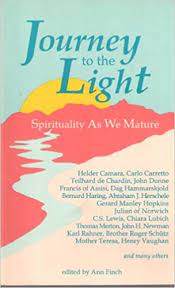 JOURNEY TO THE LIGHT
1 × €5.00
JOURNEY TO THE LIGHT
1 × €5.00 -
×
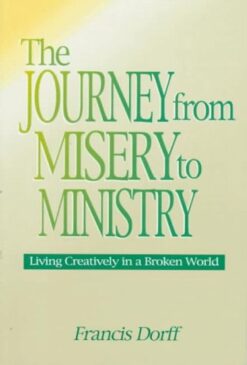 THE JOURNEY FROM MISTERY TO MINISTRY
1 × €7.00
THE JOURNEY FROM MISTERY TO MINISTRY
1 × €7.00 -
×
 CULTIVATING CHARACTER - GRADE 9
1 × €11.65
CULTIVATING CHARACTER - GRADE 9
1 × €11.65 -
×
 DON'T LET COLLEGE HAMPER YOUR EDUCATION
1 × €2.10
DON'T LET COLLEGE HAMPER YOUR EDUCATION
1 × €2.10 -
×
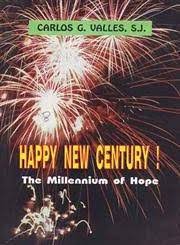 HAPPY NEW CENTURY
1 × €5.80
HAPPY NEW CENTURY
1 × €5.80 -
×
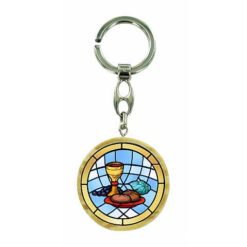 0842PCCO HOLY COMUNION WOOD KEYCHAIN
1 × €2.75
0842PCCO HOLY COMUNION WOOD KEYCHAIN
1 × €2.75 -
×
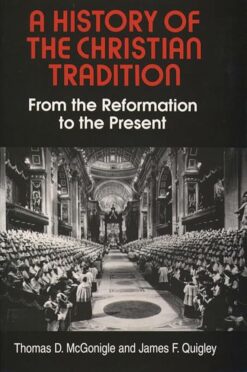 A HISTORY OF THE CHRISTIAN TRADITION
1 × €15.00
A HISTORY OF THE CHRISTIAN TRADITION
1 × €15.00 -
×
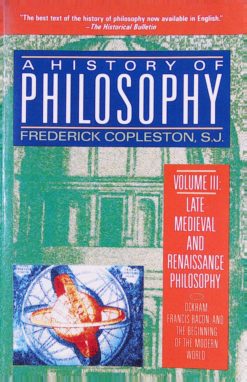 A HISTORY OF PHILOSOPHY VOL 3
1 × €19.80
A HISTORY OF PHILOSOPHY VOL 3
1 × €19.80 -
×
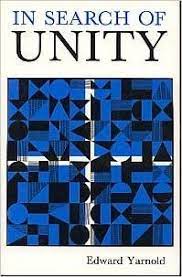 IN SEARCH OF UNITY
1 × €4.65
IN SEARCH OF UNITY
1 × €4.65 -
×
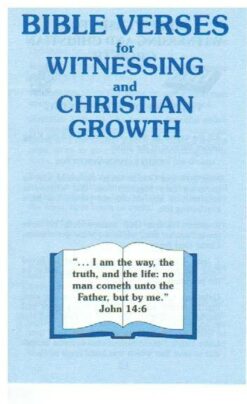 BIBLE VERSES FOR WITNES & CHRISTIA GROWT
1 × €2.00
BIBLE VERSES FOR WITNES & CHRISTIA GROWT
1 × €2.00 -
×
 ACTS OF SALVATION
1 × €27.50
ACTS OF SALVATION
1 × €27.50 -
×
 TONIC FOR THE HEART IN 1000 BOTTLES V.2
1 × €5.00
TONIC FOR THE HEART IN 1000 BOTTLES V.2
1 × €5.00 -
×
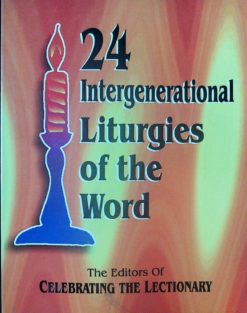 24 INTERGENERATION LITURGIES OF THEWORLD
1 × €18.60
24 INTERGENERATION LITURGIES OF THEWORLD
1 × €18.60 -
×
 PALM OF MY HAND (135)
1 × €9.50
PALM OF MY HAND (135)
1 × €9.50 -
×
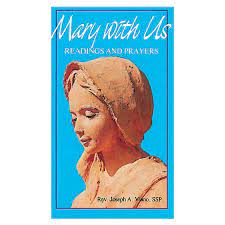 MARY WITH US
1 × €5.00
MARY WITH US
1 × €5.00 -
×
 CLIP ART FOR FEASTS AND SEASONS
1 × €17.50
CLIP ART FOR FEASTS AND SEASONS
1 × €17.50 -
×
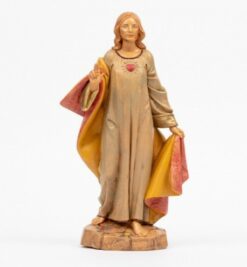 884 31CM SACRED HEART OF JESUS
1 × €40.00
884 31CM SACRED HEART OF JESUS
1 × €40.00 -
×
 GUIDED MEDITATIONS ON GOD'S REIGN
1 × €9.30
GUIDED MEDITATIONS ON GOD'S REIGN
1 × €9.30 -
×
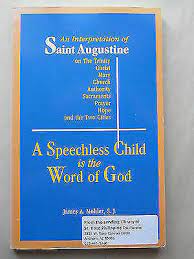 A SPEECHLESS CHILD IS THE WORD OF GOD
1 × €5.00
A SPEECHLESS CHILD IS THE WORD OF GOD
1 × €5.00 -
×
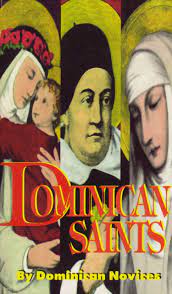 DOMINICAN SAINTS
1 × €16.00
DOMINICAN SAINTS
1 × €16.00 -
×
 CHARTER FOR HEALTH CARE WORKERS
1 × €2.30
CHARTER FOR HEALTH CARE WORKERS
1 × €2.30 -
×
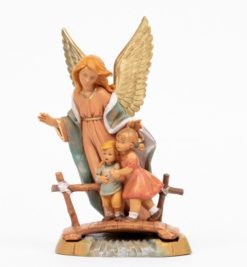 374 - 18CM GUARDIAN ANGEL WITH CHILDREN
1 × €28.00
374 - 18CM GUARDIAN ANGEL WITH CHILDREN
1 × €28.00 -
×
 THE FAITH OF PARENTS
1 × €7.00
THE FAITH OF PARENTS
1 × €7.00 -
×
 18CM MADONNA MIRAKOLUZA 1101
1 × €10.50
18CM MADONNA MIRAKOLUZA 1101
1 × €10.50 -
×
 FACE TO FACE THE SMALL GROUP EXPERIENC
1 × €7.00
FACE TO FACE THE SMALL GROUP EXPERIENC
1 × €7.00 -
×
 DISCOVER THE POWER OF YOUR INNER SELF
1 × €5.00
DISCOVER THE POWER OF YOUR INNER SELF
1 × €5.00 -
×
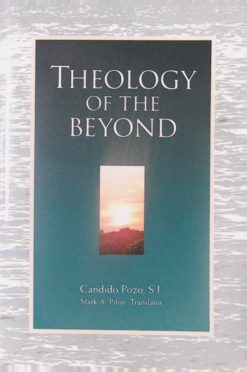 THEOLOGY OF THE BEYOND
1 × €42.00
THEOLOGY OF THE BEYOND
1 × €42.00 -
×
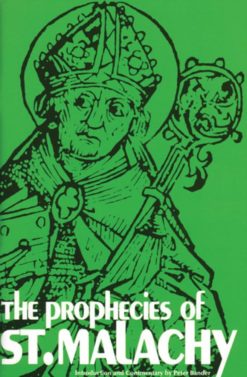 THE PROPHECIES OF ST. MALACHY
1 × €7.00
THE PROPHECIES OF ST. MALACHY
1 × €7.00 -
×
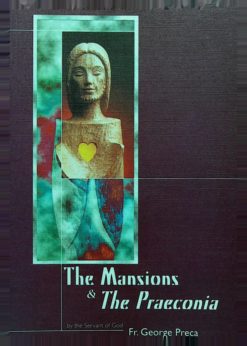 THE MANSIONS & THE PRAECONIA
1 × €3.50
THE MANSIONS & THE PRAECONIA
1 × €3.50 -
×
 GUIDED MED. GOD'S JUSTICE & COMPASSION
1 × €9.30
GUIDED MED. GOD'S JUSTICE & COMPASSION
1 × €9.30 -
×
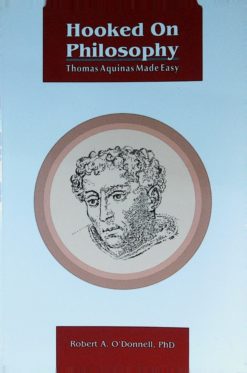 HOOKED ON PHILOSOPHY T AQUINAS MADE EAS
1 × €9.00
HOOKED ON PHILOSOPHY T AQUINAS MADE EAS
1 × €9.00 -
×
 FAITH MATTERS FUNDAMENTALS OF FAITH
1 × €9.50
FAITH MATTERS FUNDAMENTALS OF FAITH
1 × €9.50 -
×
 TALKING TO YOURSELF AND OTHERS
1 × €3.50
TALKING TO YOURSELF AND OTHERS
1 × €3.50 -
×
 GARBAGE
1 × €0.70
GARBAGE
1 × €0.70
The Transfiguration of Christ is a pivot in the gospel of salvation, beckoning Christians back into the teaching of Christ and forward to his death and resurrection. Described in three gospels and the Second Letter of Peter, portrayed in Eastern Christian icons, and proclaimed on the last Sunday before Lent, the transfiguration has received little attention in recent books on theology or spirituality. New Testament scholars continue to probe into its origins and significance, but—with the exceptions of John Anthony McGuckin’s 1986 patristic study and the late Arthur Michael Ramsey’s 1949 theological-liturgical treatment—there have been few books on its place in the long tradition of Christian spirituality or interpretation, Eastern or Western. Beginning with the striking icon of the Transfiguration by Theophanes the Greek, the author, in the tradition of lectio divina, reflects on the insights of writers and preachers through the ages, and ponders the power this mystery has to nurture and sustain modern Christians.
Kenneth Stevenson is the bishop of Portsmouth in the Church of England. Long an idea in the back of his mind, the book was written during his convalescence from acute myeloid leukemia and its treatment, an experience which, in his words, enabled him “to soak myself in the authors investigated here, and many others as well.

